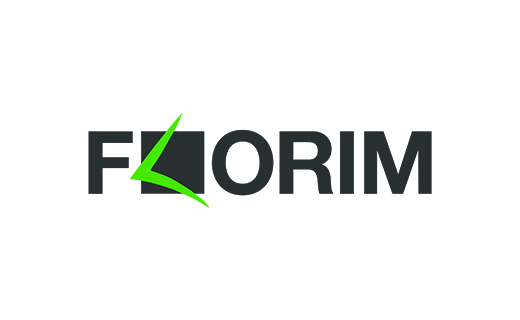

FLORIM

Province of Modena, Italy
December 2020
Other manufacturing
Manufacturing
China,
Germany,
Italy,
Russia,
Singapore
Inspired by an innate passion for beauty and design, Florim has been producing porcelain surfaces to meet all the needs of the construction, architecture and interior design sectors for over 60 years. Headed by Claudio Lucchese, son of its founder Giovanni Lucchese, the company has a past firmly rooted in the Italian ceramics district and a present as an international industry trendsetter. The Group employs about 1,500 people worldwide and generates turnover of 585 million Euro with the brands FLORIM, CEDIT, FLORIM stone. With state-of-the-art production plants, distribution companies and partnerships in Europe, America and Asia and a number of flagship stores and single-brand showrooms, the company is well positioned in the world's top design districts (Milan, New York, Moscow, Singapore, Frankfurt, London, Abu Dhabi, Paris, Rome). Its strategy focused on quality, innovation and sustainability combines with the creative drive and passion of its human resources to transform the value known as “made in Italy” into “made in Florim”. After changing its articles of association and becoming a Benefit Corporation, Florim obtained the B Corp certification in 2020 and has been since 2022 a member of Altagamma, the Foundation that brings together an elite of Italian companies considered a
Overall B Impact Score
Governance 11.3
Governance evaluates a company's overall mission, engagement around its social/environmental impact, ethics, and transparency. This section also evaluates the ability of a company to protect their mission and formally consider stakeholders in decision making through their corporate structure (e.g. benefit corporation) or corporate governing documents.
Workers 19.1
Workers evaluates a company’s contributions to its employees’ financial security, health & safety, wellness, career development, and engagement & satisfaction. In addition, this section recognizes business models designed to benefit workers, such as companies that are at least 40% owned by non-executive employees and those that have workforce development programs to support individuals with barriers to employment.
Community 13.8
Community evaluates a company’s engagement with and impact on the communities in which it operates, hires from, and sources from. Topics include diversity, equity & inclusion, economic impact, civic engagement, charitable giving, and supply chain management. In addition, this section recognizes business models that are designed to address specific community-oriented problems, such as poverty alleviation through fair trade sourcing or distribution via microenterprises, producer cooperative models, locally focused economic development, and formal charitable giving commitments.
Environment 42.8
Environment evaluates a company’s overall environmental management practices as well as its impact on the air, climate, water, land, and biodiversity. This includes the direct impact of a company’s operations and, when applicable its supply chain and distribution channels. This section also recognizes companies with environmentally innovative production processes and those that sell products or services that have a positive environmental impact. Some examples might include products and services that create renewable energy, reduce consumption or waste, conserve land or wildlife, provide less toxic alternatives to the market, or educate people about environmental problems.
Customers 3.7
Customers evaluates a company’s stewardship of its customers through the quality of its products and services, ethical marketing, data privacy and security, and feedback channels. In addition, this section recognizes products or services that are designed to address a particular social problem for or through its customers, such as health or educational products, arts & media products, serving underserved customers/clients, and services that improve the social impact of other businesses or organizations.